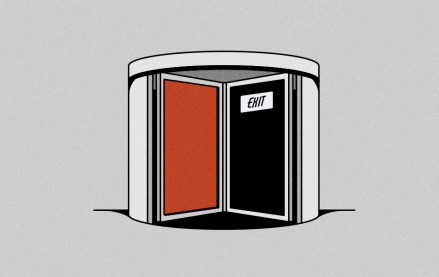Subway had already been featuring tainted spokesman Jared Fogle in fewer ads

Turns out Subway’s television ad spend was already keeping a healthy distance from a suddenly-toxic Jared.
New data from iSpot.tv, a company that tracks television ads as they air, found that Subway aired 40 different ads this year — but only three featured spokesman Jared Fogle.
The chain announced late Tuesday it would be “suspending” its relationship with Fogle, who was in the news yesterday after the FBI conducted a search of his Indianapolis home allegedly in connection with a child porn investigation.
Subway did, however, run a Jared ad last night — a spot about Jared’s “journey” from overweight to fit, which aired nationally at about 8 p.m. ET.
The brand has featured Fogle in less than 5 percent of all the ads it ran nationally so far this year. Only $15.7 million of its ad spend — out of almost $230 million — supported ads featuring Fogle. Fogle was one of the forces behind Subway’s fit and fresh image, say restaurant experts: In 2013, Fogle appeared in the company’s first Super Bowl since 2005, as the chain congratulated him on keeping the weight he lost off — with the help of the chain’s sandwiches.
He has been a spokesman for the sandwich chain for 15 years and lost over 300 pounds while in college on a Subway diet. But the fact that Subway seems to have already been backing away from using Fogle as a cornerstone of its marketing should help resolve some fresh questions about the brand’s investment in their tainted spokesman.
More in Marketing

Pitch deck: How Amazon is recasting Twitch as a core part of its CTV pitch
Amazon is positioning Twitch as a defining asset in its CTV ambitions.

Netflix transforms former mall department stores into experiential venues
The location in Dallas opens this week, and one at the King of Prussia mall near Philadelphia opened last month.

Future of Marketing Briefing: AI has created a new talent paradox in programmatic agencies
The job isn’t execution anymore. AI handles that. The job is judgement.





